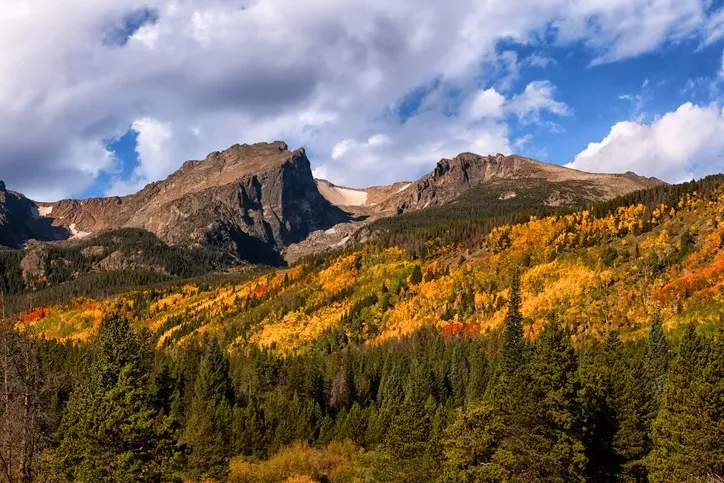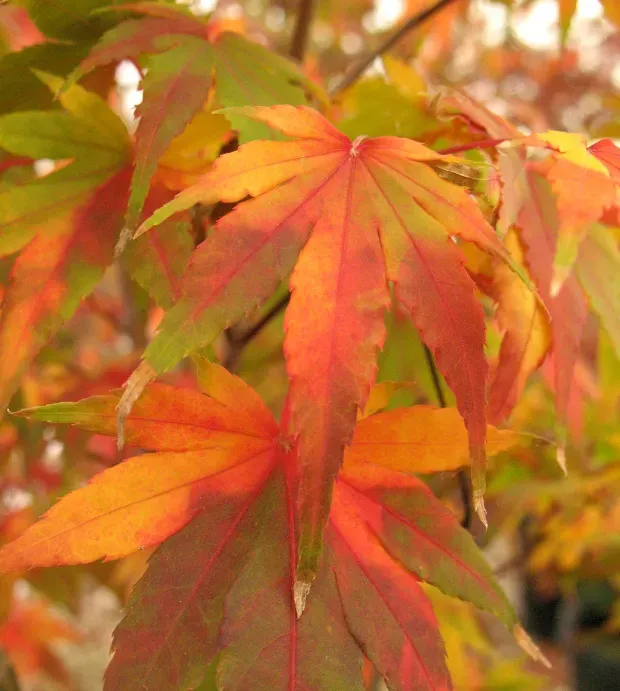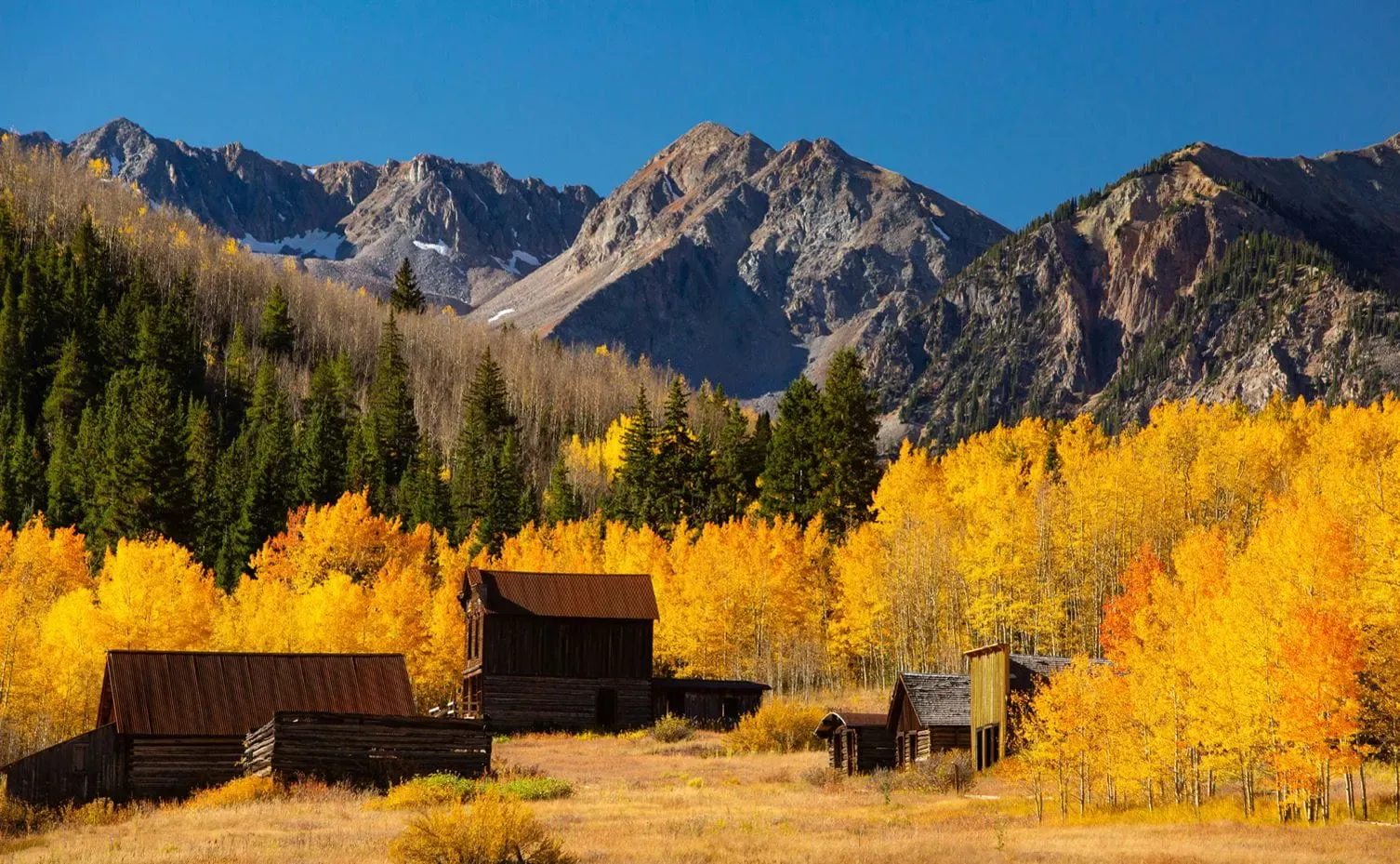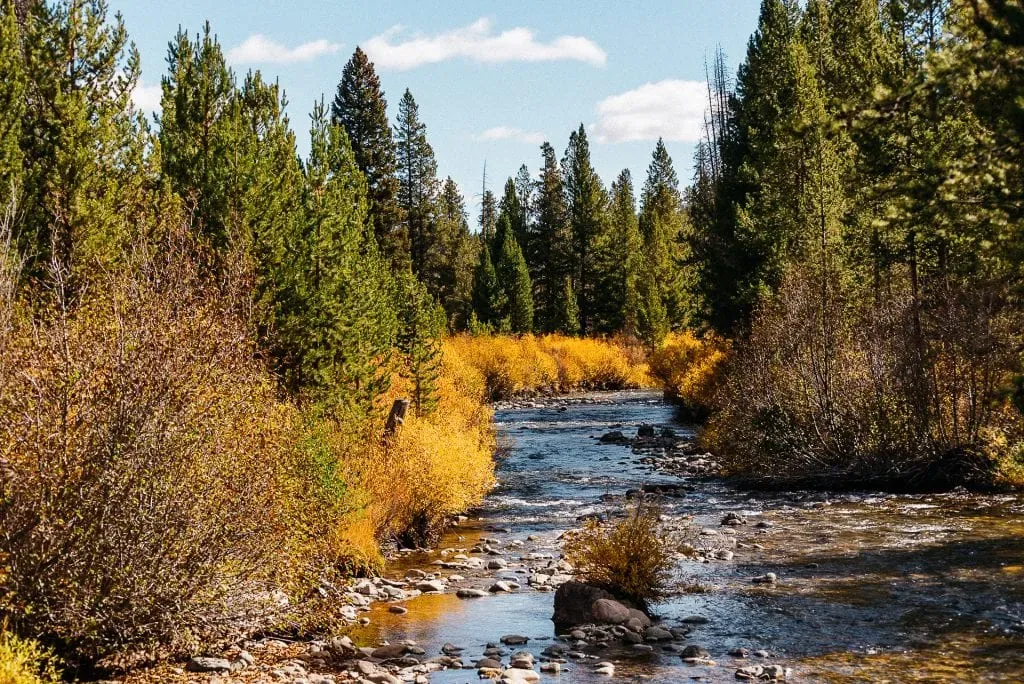Table of Contents
As the seasons transition from summer to fall, one of the most striking natural spectacles unfolds: the vibrant display of Foliage color. From the fiery reds and oranges to the deep purples and yellows, the kaleidoscope of colors that dance across the landscape is a wonder to behold. But what exactly triggers this remarkable phenomenon? In this article, we'll explore into the world of foliage color, exploring the science behind it, the impact of climate change, and tips on how to enjoy and preserve its beauty. Join us on this progression as we uncover the secrets behind the breathtaking foliage color displays at lilyflower.homes.

Awesome Foliage Color Guide
What Makes Foliage Color Change Throughout the Year?

What Makes Foliage Color Change Throughout The Year
The Magic of Chlorophyll
Okay, so imagine this: leaves aren't just green because they like green. The green comes from a super important ingredient called chlorophyll. Chlorophyll is like a leaf's solar panel; it soaks up sunlight to help the plant make its food. During the summer, chlorophyll is the star of the show, masking all the other colors in the leaf. It's like a super-bright green spotlight shining on everything else!
Think of it like this: imagine you're wearing a bright green shirt. You're so bright that no one notices the other colors you're wearing underneath. That's chlorophyll in the summer! As the days get shorter and colder, things start to change. The plant knows winter's coming, and it starts to slow down its food-making process. The chlorophyll production decreases. That super-bright green spotlight starts to dim.
- Chlorophyll is a plant's food-maker.
- Sunlight helps chlorophyll make food.
- Less sunlight means less chlorophyll.
Unmasking the Hidden Colors
Now, here's the fun part: those other colors were always there, hidden under the chlorophyll's bright green. As the chlorophyll fades, these other pigments, like carotenoids (which make things yellow and orange) and anthocyanins (which create reds and purples), finally get their moment in the spotlight. It's like taking off that bright green shirt – and suddenly, everyone notices the blue jeans and red t-shirt underneath!
Different trees have different mixes of these pigments. That's why we see such a dazzling variety of foliage colors in the fall. Some trees turn fiery red, others golden yellow, and some even a beautiful deep purple. This variation is one of the amazing things about nature! Want to learn more about how to keep your plants healthy throughout the year? Check out our guide on foliage care.
Pigment | Color |
|---|---|
Chlorophyll | Green |
Carotenoids | Yellow, Orange |
Anthocyanins | Red, Purple |
Foliage Color and Climate Change

Foliage Color And Climate Change
A Changing Palette
Hey there, fellow author! So, you're diving into the world of foliage color? Awesome! It's a fascinating topic, and I'm stoked you're exploring it. One thing I've learned is how much climate change is messing with our beautiful fall displays. Think about it: the timing of the color change, the intensity of the hues – it all depends on things like temperature, sunlight, and rainfall. And those things are getting pretty wonky thanks to climate change.
For example, I read a study (I'll find the link later, promise!) that showed some areas are seeing earlier fall color changes. It's like Mother Nature's hitting the fast-forward button! Other places are experiencing less vibrant colors, or even a complete lack of the usual autumn glory. It's a bummer, but it's a real thing. Want to learn more about how to keep your plants healthy even in a changing climate? Check out our climate control guide!
- Warmer temperatures can delay or shorten the fall color season.
- Changes in rainfall can affect the intensity of colors.
- Extreme weather events can damage leaves and reduce fall color.
The Future of Fall Foliage
It's not all doom and gloom, though. Scientists are working hard to understand how climate change affects foliage color, and we can all do our part to help. Planting native trees, reducing our carbon footprint, and supporting organizations that work to protect our environment are all great ways to help keep those gorgeous fall colors around for future generations. It's a team effort, and every little bit helps!
I've been thinking about writing a kids' book about the importance of protecting our planet and preserving its beauty. Maybe we could collaborate someday? In the meantime, you might find our guide on seasonal care helpful for maintaining the health of your plants.
Climate Change Factor | Effect on Foliage Color |
|---|---|
Increased Temperatures | Earlier color change, less vibrant colors |
Changes in Rainfall | Drought can lead to duller colors, excessive rain can cause premature leaf drop |
Extreme Weather Events | Damage to leaves, reduced overall color |
The Science Behind Foliage Color

The Science Behind Foliage Color
Why Leaves Change Color in the Fall
Alright, so let's investigate into the nitty-gritty of what makes leaves change color. It's not just a magic show; there's some serious science behind it. As the days get shorter and the temperatures drop, trees start to shut down their food-making factories. This process is called senescence, and it's like the tree is preparing for a long winter nap.
During this process, the tree stops producing chlorophyll, the green pigment that helps it make food. As the chlorophyll fades, the other pigments in the leaves, like carotenoids and anthocyanins, start to show their true colors. It's like taking off a green mask and revealing a rainbow underneath. Check out our guide for more tips on keeping your plants healthy throughout the year!
Chlorophyll | Function |
|---|---|
Green | Food production |
Carotenoids | Yellow, Orange |
Anthocyanins | Red, Purple |
The Role of Temperature and Light
Temperature and light play a big role in the color show. When it gets colder, the tree's sap starts to thicken, and the flow of nutrients to the leaves slows down. This slowdown is what causes the chlorophyll to break down faster, revealing the hidden pigments. It's like the leaves are saying, "Time to party in the fall colors!"
But it's not just about the cold. The amount of daylight also affects the color change. Shorter days signal the tree to start the senescence process. This is why leaves change color at different times in different regions. If you want to see the best fall foliage, timing is key. For more tips on timing, check out our guide!
- Shorter days trigger senescence
- Cold temperatures slow nutrient flow
- Both factors reveal hidden pigments
How to Enjoy and Preserve Fall Foliage Color

How To Enjoy And Preserve Fall Foliage Color
Okay, so you've got this amazing foliage color show happening, right? But how do you actually *enjoy* it and make it last? It's not just about admiring it from afar; it's about getting involved!
First off, get outside! Seriously, ditch the screens and go for a walk, a hike, a bike ride – whatever gets you surrounded by those gorgeous colors. Take photos, paint a think about, write a poem – let the beauty inspire you. Want some extra tips on making your garden look amazing? Check out our guide on flowering tips! It's like a secret weapon for creating stunning displays.
- Take a nature walk
- Take photos
- Paint or draw what you see
Next, think about collecting some of that beauty. I love pressing leaves between sheets of newspaper and then framing them. It's like creating your own little piece of autumn magic. You can also make leaf piles for jumping in (who doesn't love that?!), or use the leaves as mulch for your garden – it's a great way to give back to the earth. For more ideas on garden maintenance, take a look at our guide.
Don't forget to enjoy the foliage color from your own home, too! If you've got a garden, plant trees and shrubs that are known for their awesome fall colors. It's like having a year-round art installation. And if you don't have a garden, don't worry – you can still enjoy the show from your window or balcony. If you are interested in improving the soil in your garden, we have a guide on soil requirements that might help!
Activity | Benefits |
|---|---|
Leaf Pressing | Creates lasting art |
Leaf Piles | Fun for all ages |
Leaf Mulch | Benefits your garden |
And finally, remember that foliage color is a temporary thing. It's a reminder to appreciate the beauty around us while it lasts. This is the time to slow down, breathe in the crisp air, and soak it all in. It's like a brief, brilliant symphony of color, and it deserves to be celebrated! Maybe you'd like to learn more about planning for the next season? Check out our overwintering tips.
Want to prolong the life of your cut flowers? We have a guide on cut flower care that might be helpful.
- Appreciate the moment
- Take your time
- Enjoy the fleeting beauty
As the seasons come to a close, and the foliage color fades into winter's quiet slumber, we're reminded of the awe-inspiring beauty and complexity of nature. Foliage color is more than just a spectacle – it's a testament to the intricate web of life and the cycles that govern our world. Whether you're a nature enthusiast or simply someone who appreciates the beauty of the world around you, we hope this process through the field of foliage color has left you with a deeper appreciation and understanding of this natural wonder.